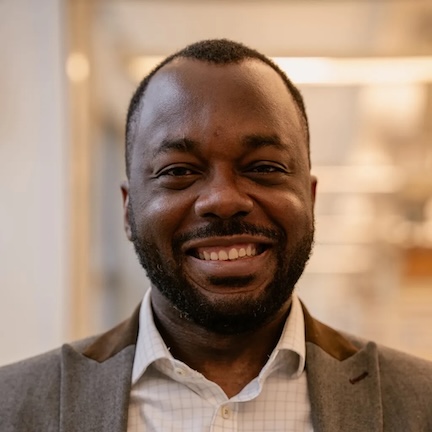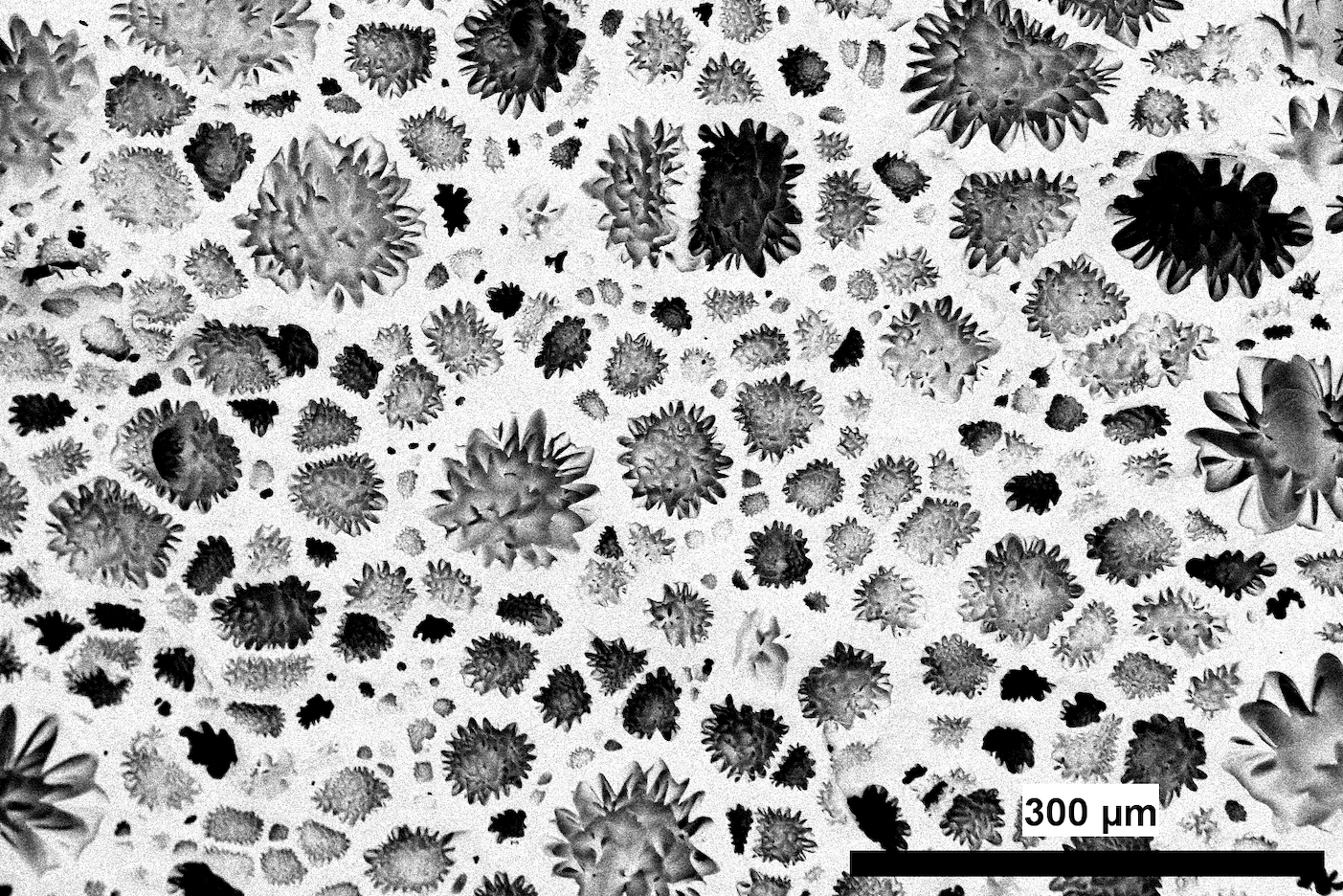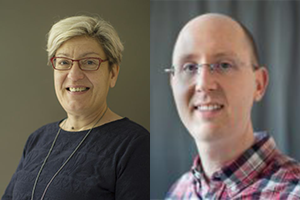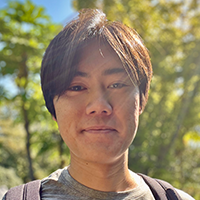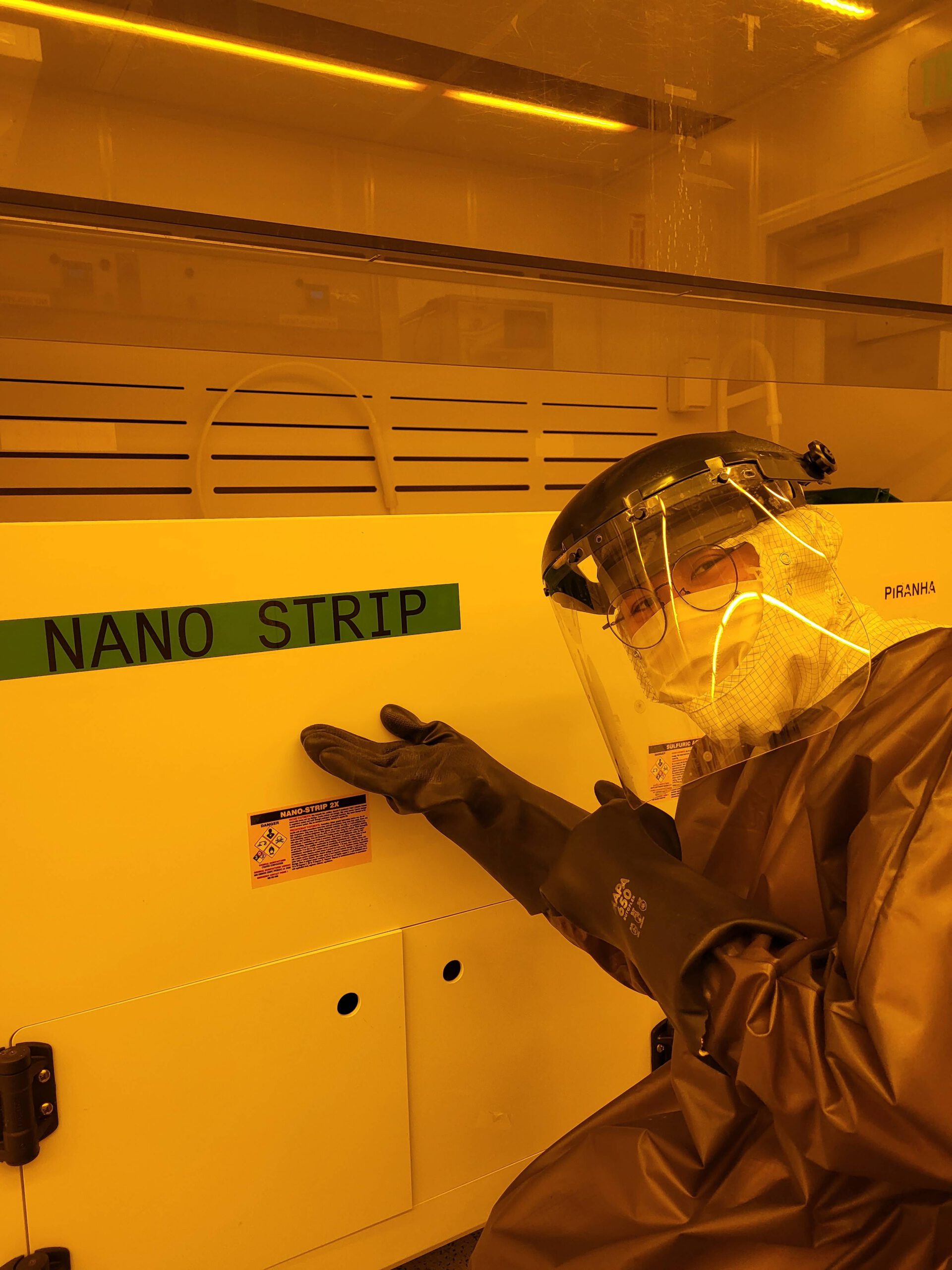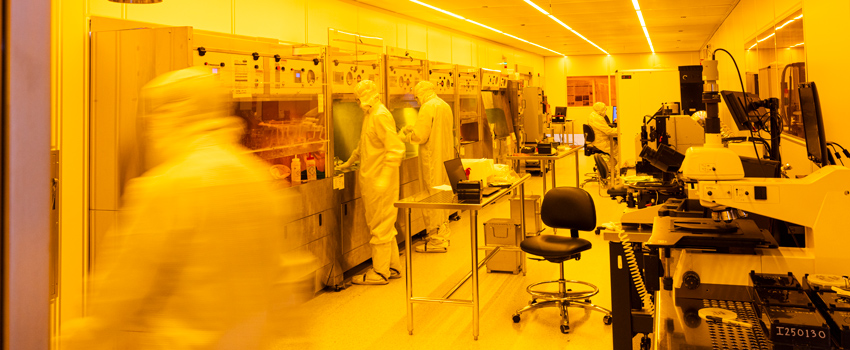NanoES faculty member Ayokunle Olanrewaju (bioengineering and mechanical engineering) and collaborators Ashleigh Theberge and Erwin Berthier will develop a platform for at-home self-collection of blood, serum separation, and sample stabilization at sufficient sample volumes for comprehensive HIV monitoring.
Ayokunle Olanrewaju selected for Gates Foundation Global Grand Challenges
